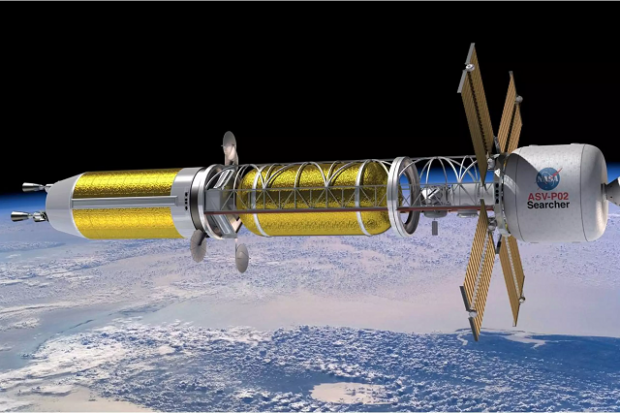
Breaking News
 Battleborn Batteries Responds! Their Overheating Device is a "Feature" not a "Problem
Battleborn Batteries Responds! Their Overheating Device is a "Feature" not a "Problem
 Actor Liam Neeson Outs Himself as MAHA After Narrating Pro-RFK Jr. Documentary Slamming...
Actor Liam Neeson Outs Himself as MAHA After Narrating Pro-RFK Jr. Documentary Slamming...
 Kyle Rittenhouse announced on social media Wednesday that he has tied the knot.
Kyle Rittenhouse announced on social media Wednesday that he has tied the knot.
 JUST IN: President Trump Grants Tina Peters Pardon
JUST IN: President Trump Grants Tina Peters Pardon
Top Tech News
 Build a Greenhouse HEATER that Lasts 10-15 DAYS!
Build a Greenhouse HEATER that Lasts 10-15 DAYS!
 Look at the genius idea he came up with using this tank that nobody wanted
Look at the genius idea he came up with using this tank that nobody wanted
 Latest Comet 3I Atlas Anomolies Like the Impossible 600,000 Mile Long Sunward Tail
Latest Comet 3I Atlas Anomolies Like the Impossible 600,000 Mile Long Sunward Tail
 Tesla Just Opened Its Biggest Supercharger Station Ever--And It's Powered By Solar And Batteries
Tesla Just Opened Its Biggest Supercharger Station Ever--And It's Powered By Solar And Batteries
 Your body already knows how to regrow limbs. We just haven't figured out how to turn it on yet.
Your body already knows how to regrow limbs. We just haven't figured out how to turn it on yet.
 We've wiretapped the gut-brain hotline to decode signals driving disease
We've wiretapped the gut-brain hotline to decode signals driving disease
 3D-printable concrete alternative hardens in three days, not four weeks
3D-printable concrete alternative hardens in three days, not four weeks
 Could satellite-beaming planes and airships make SpaceX's Starlink obsolete?
Could satellite-beaming planes and airships make SpaceX's Starlink obsolete?
Gryphon Technologies to develop nuclear rocket engine for DARPA

DARPA has awarded a US$14-million contract to the Gryphon Technologies engineering firm to develop and demonstrate a nuclear rocket engine for the agency's Demonstration Rocket for Agile Cislunar Operations (DRACO) program. The High-Assay Low Enriched Uranium (HALEU) Nuclear Thermal Propulsion (NTP) system will allow the US military to carry out missions in cislunar space.
The single greatest limitation in space travel is the propulsion system. On Earth, it's possible to create motors that have a very high payload ratio, so one can, in the words of an early aviator, make a tea tray fly by putting enough power behind it. However, getting into space requires such high velocities and such high energies that engineers are forced to use very large engines and huge amounts of fuel to put very small payloads into orbit.
Once in space, there are essentially two options. One is to use chemical rockets, but these have largely reached their theoretical limits when it comes to thrust, or eclectic propulsion systems that produce very small thrust for very long periods of time.
As far back as 1945, it was recognized that there was a third option, which is to harness the power of the atom to produce a rocket that is more powerful than its chemical counterparts. The problem has been to create a practical design that produces enough thrust to warrant the investment.

 First totally synthetic human brain model has been realized
First totally synthetic human brain model has been realized Mach-23 potato gun to shoot satellites into space
Mach-23 potato gun to shoot satellites into space

